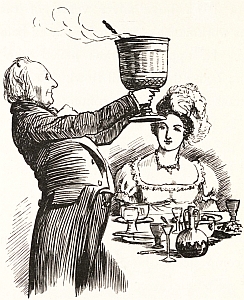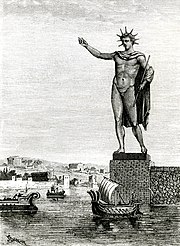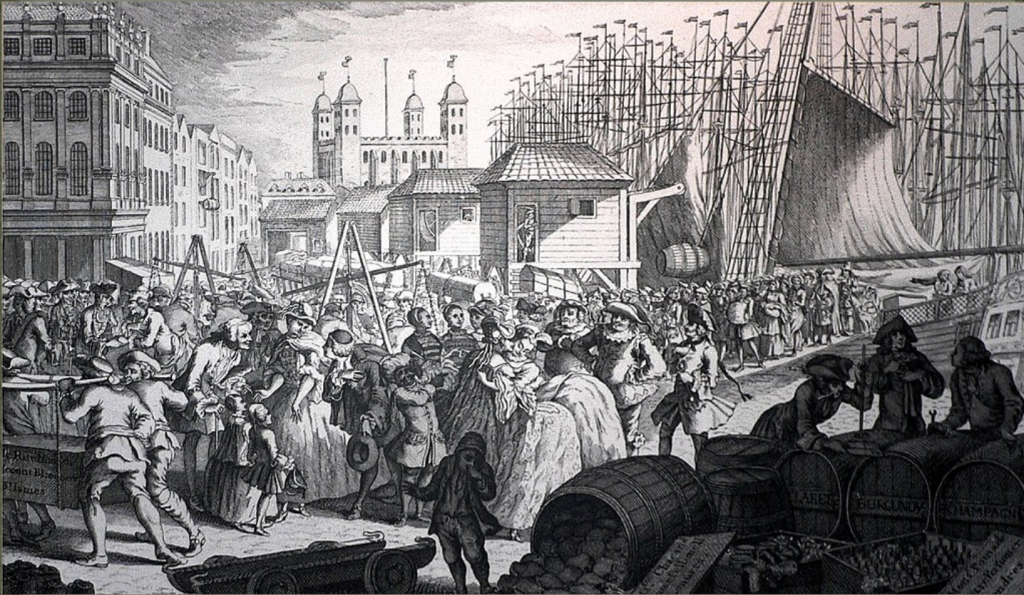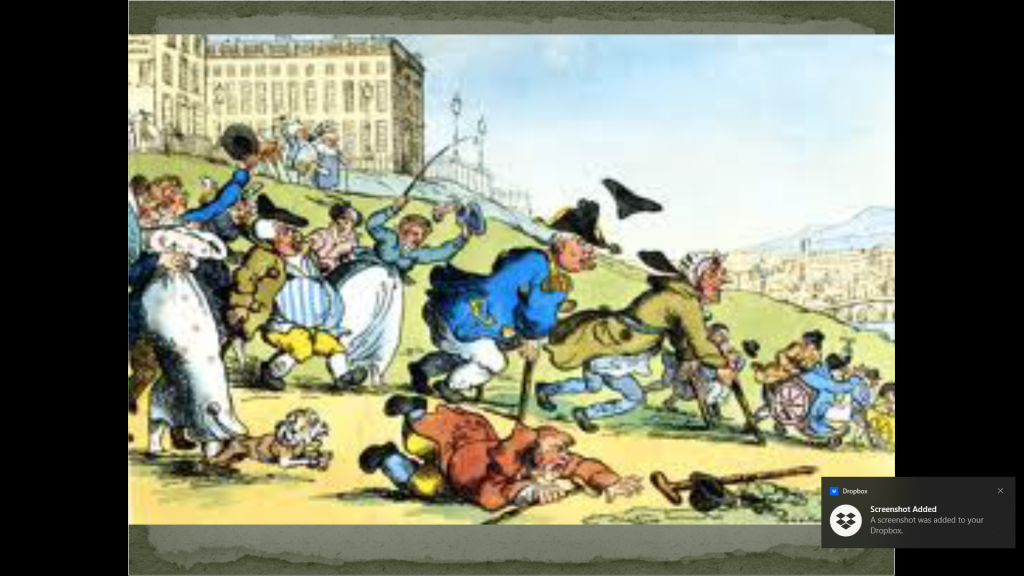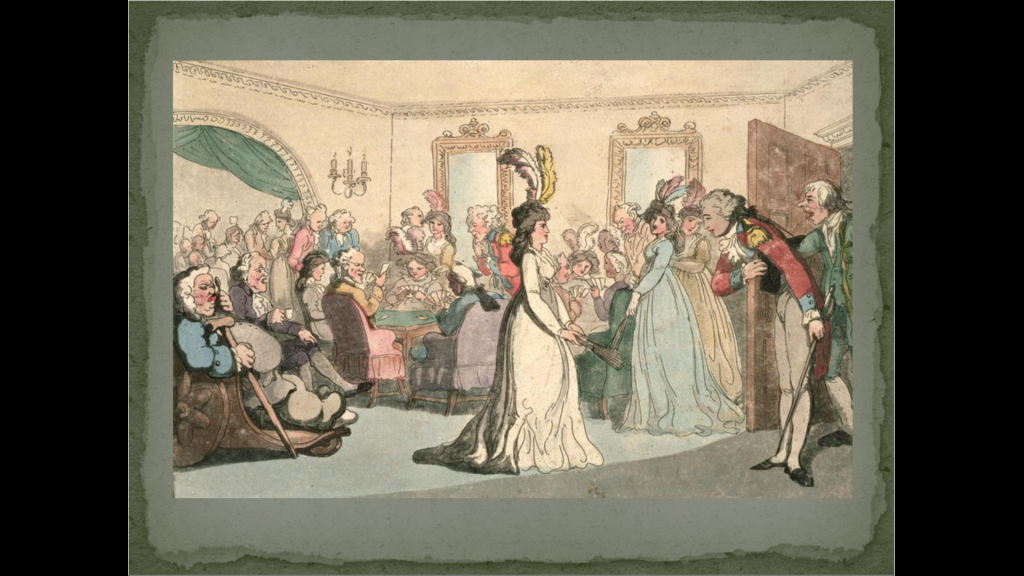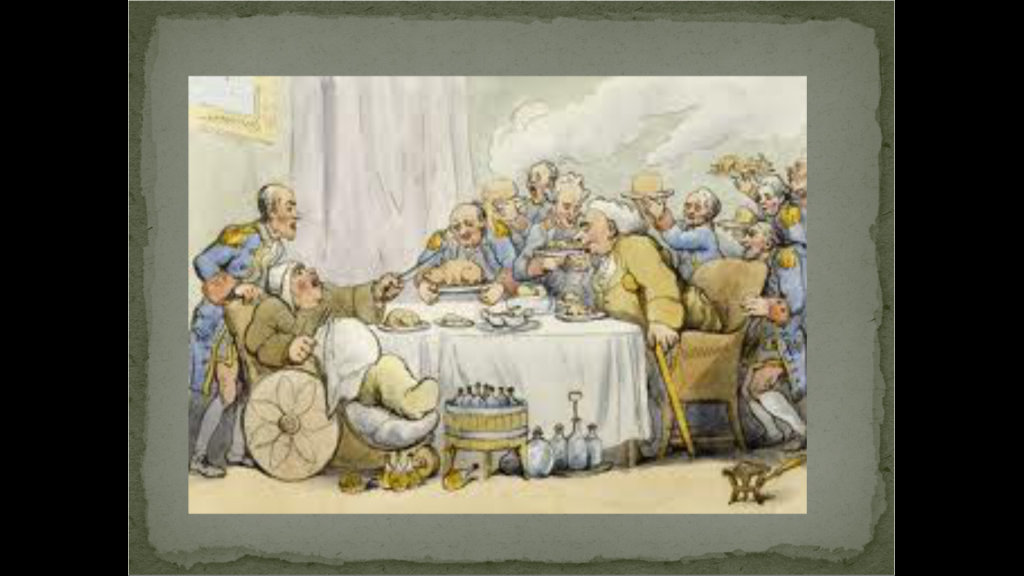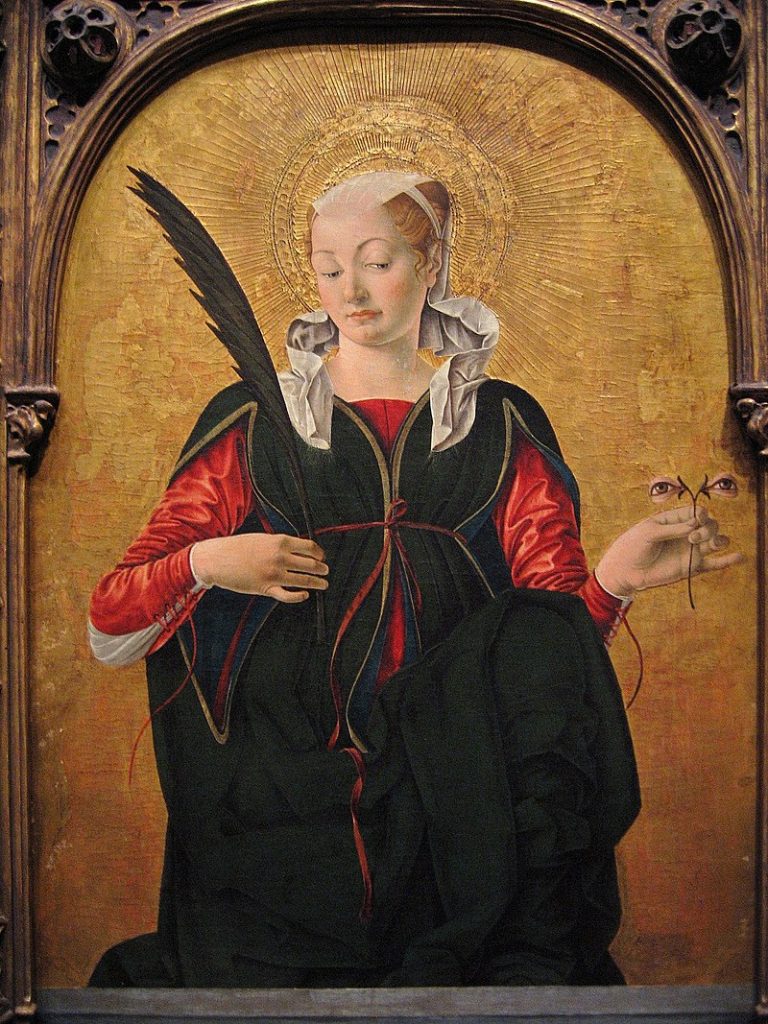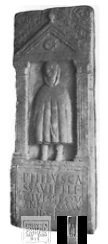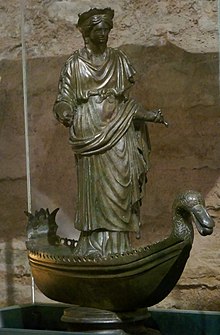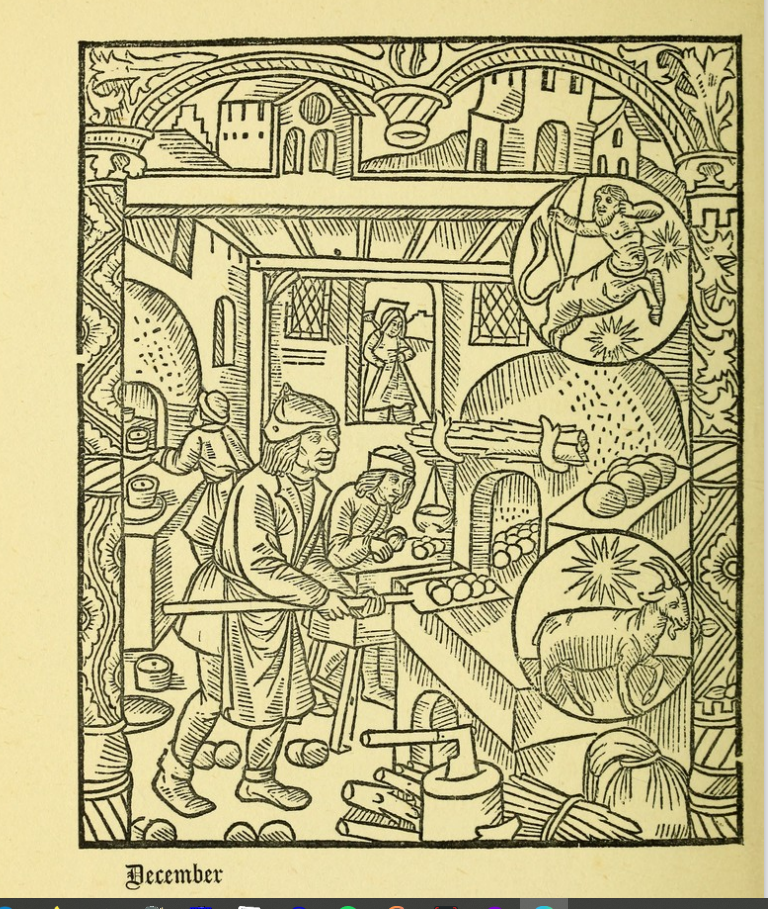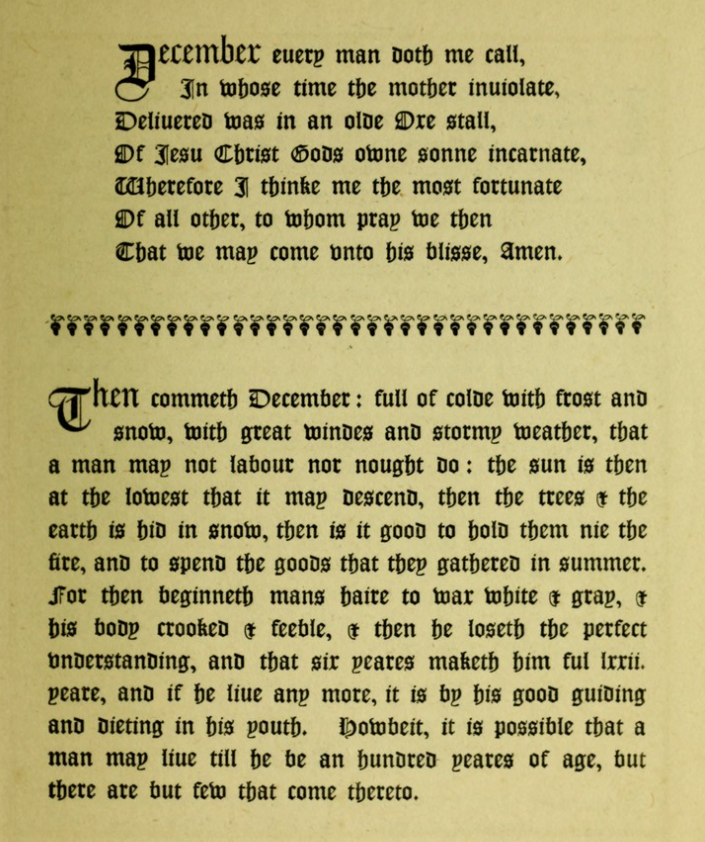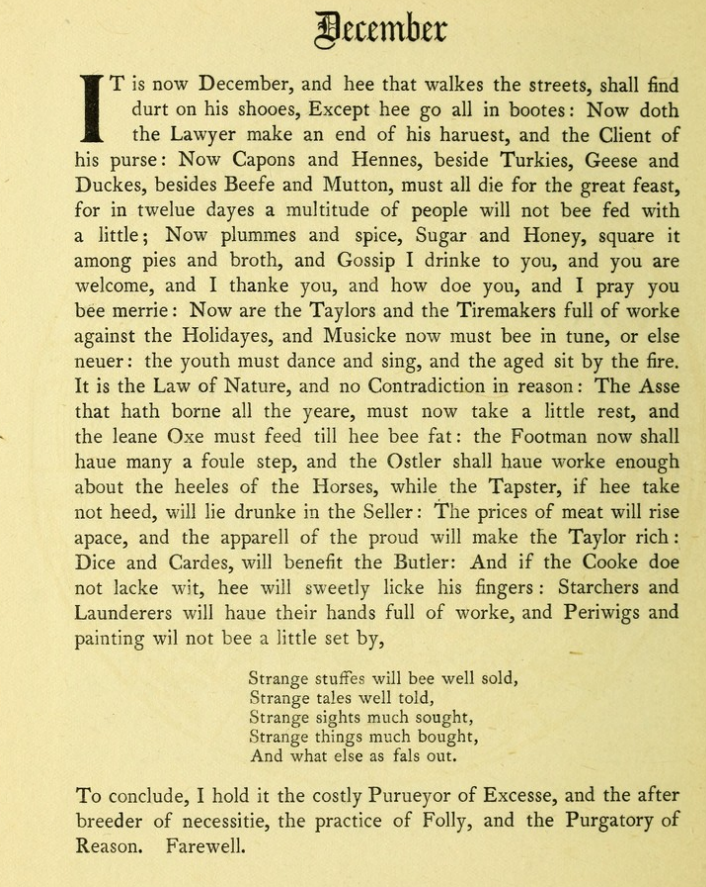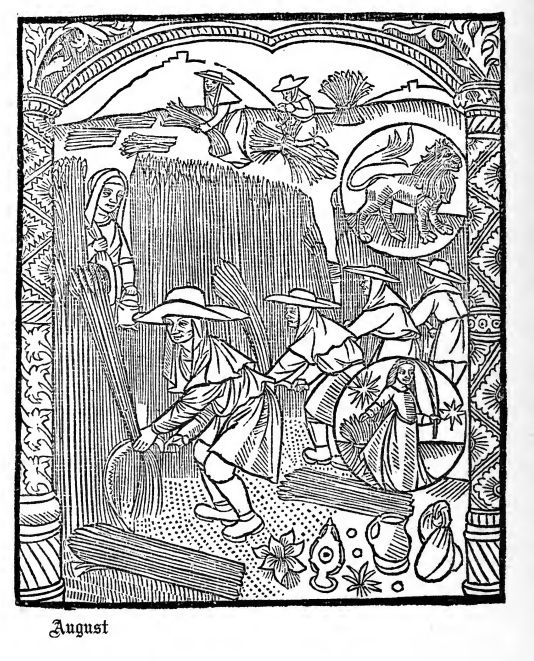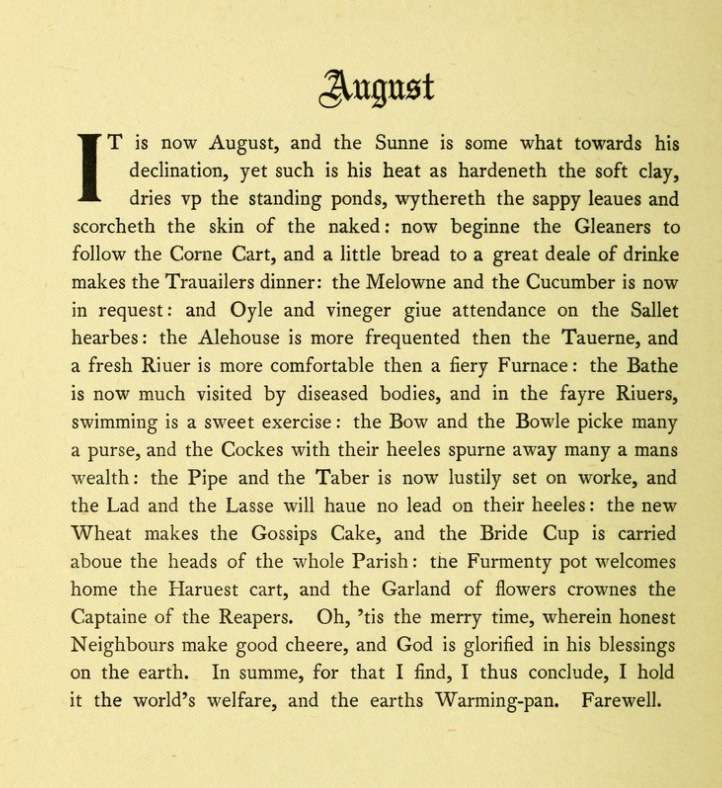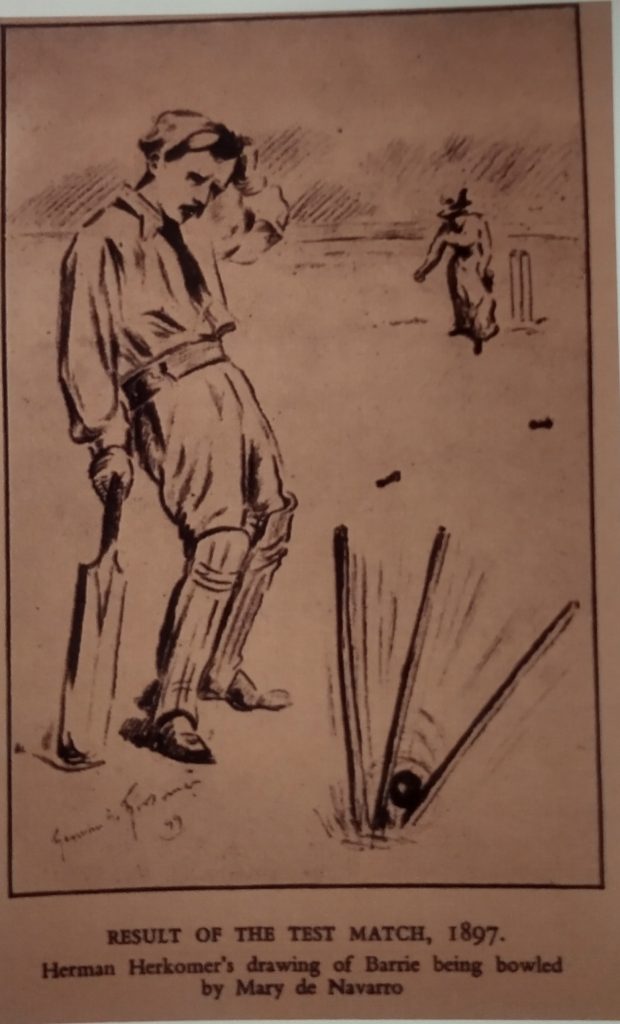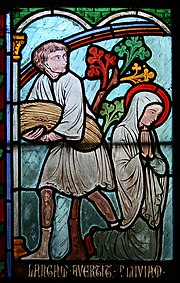
St Genevieve of Nanterre has her feast day today. Nanterre is an ancient settlement swallowed up by modern Paris. Genevieve is a most remarkable woman who met St Germanus of Auxerre on his way to Britain and became a ‘consecrated virgin’ at the age of 15.
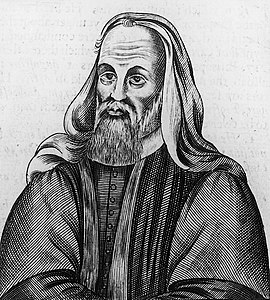
St Germanus is significant for post Roman studies because his life, written in the 5th Century, is one of the few written records of life in post-Roman Britain. He was sent to Britain because the Pelagian Heresy was endangering the Catholic version of Christianity. Pelagius was a highly educated British (or possibly Irish) priest who moved to Rome in the late 4th Century, living by a strict moral code, attacking Catholic laxity and opposing St Augustine of Hippo’s theory of Divine Grace. By contrast, Pelagius promoted human choice in salvation and denied the doctrine of original sin.
Germanus was sent to Britain, where he confronted Pelagian converts in a public debate which took place in a disused Roman amphitheatre. The author is not interested in Britain so does not tell us which town it was, but, it is mostly assumed to be St Albans, although London is possible. The Saint and his acolytes confound the heretics in the debate and, so, convert the town’s people sitting watching the debate. St Germanus goes to a nearby shrine of St Alban to thank God, falls asleep in a hut, and is miraculously saved from a fire. He comes across a man called a Tribune, helps defeat a Saxon army in the ‘Alleluia’ victory. The importance of all this is that it, in about 429AD, gives us a few glimpses of Britain two decades after the Romans have left.
The British Bishops were led in their heresy by someone called Agricola. The writer describes these bishops as ‘conspicuous for riches, brilliant in dress and surrounded by a fawning multitude’. The use of the title ‘Tribune’ in the story suggests Roman administrative titles are still in use 19 years after the date of the ‘formal’ end of Roman London, 410AD. The Alleluia victory over the Saxons also gives us an early date for Saxon presence in the country as an enemy.
St Albans is the favoured choice for the location of the event because. Bede tells us St Albans was born, martyred and commemorated in Verulamium, now called St Albans. Archaeology shows possible post Roman occupation of the town. And it has a famous Amphitheatre.
However, Gildas tells us St Alban was born in Verulamium but martyred in London, which makes sense as London was the late Roman Capital, and there is a church dedicated to St Albans close to the Roman Amphitheatre where Gildas tells us the execution took place. The Church cannot, unfortunately, be, archaeologically dated back to 429AD. Bede’s account of the martyrdom of St Albans is also somewhat farcical, as God divides the waters of the River Ver for Alban to get to his martyrdom more quickly. The bridge was said to be full of people walking to witness Alban’s execution. But the Ver is but a piddle, and it would be easy to walk over without needing a miracle to do it. This story is much more impressive if the River is the Thames.
As for Geneviève, she went on to lead an aesthetic life of fasting and prayer. In 451, she led the Parisians in prayer on the approach of the Huns led by Attila, and is credited with his decision not to attack the City. She lived to 89.
Incidently, Nanterre has an interesting prehistory. The name in Celtic means ‘enduring sacred site’, and a big cemetery found there makes it possibly the original site of Paris, or at least an important early site. Julius Caesar attended an assembly with local Gallic leaders in the area. The topography of Nanterre fits as well for the story as the Île de la Cité some argue.
Caesar went on to write a book about his experiences in Gaul and Britain, so some credence can be given to what he says about the Druids. This is an excerpt photographed from my book.
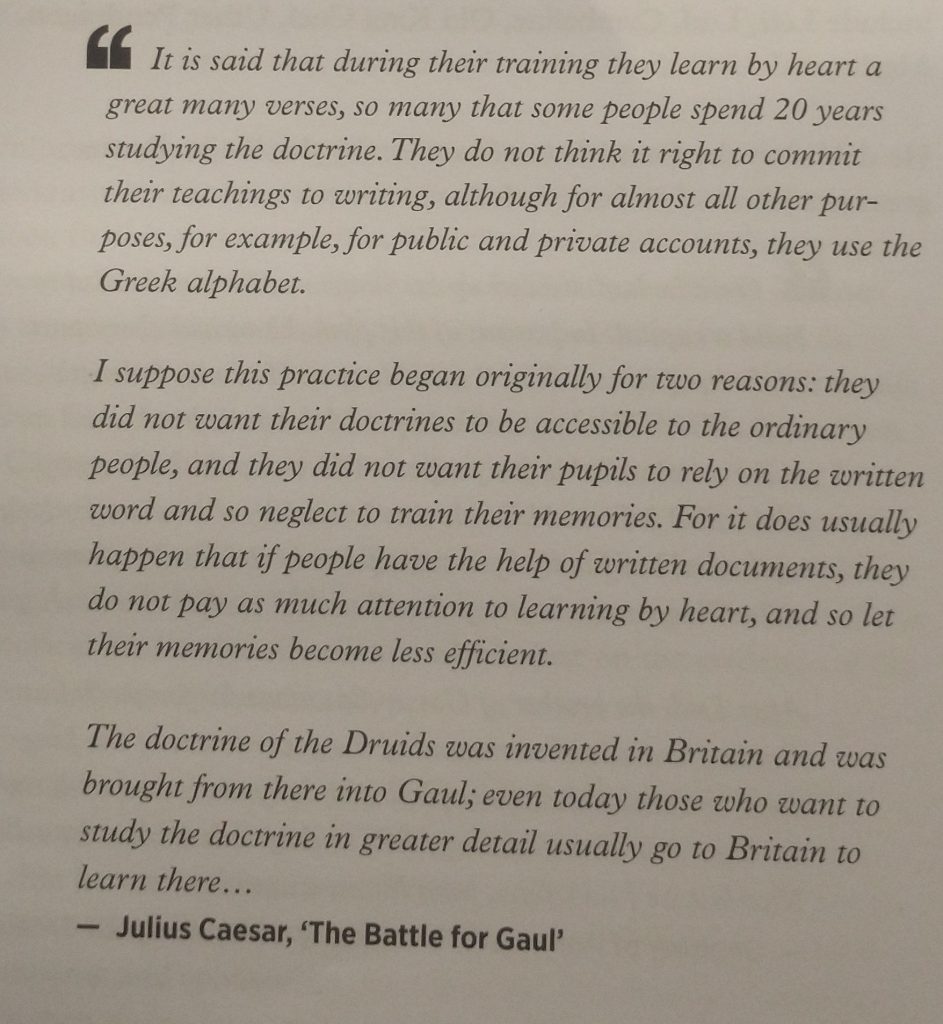
‘In Their Own Words – A Literary Companion To The Origins Of London‘ D A Horizons, 2009. Kevin Flude
To buy the Kindle version, click here. To buy a paperback (£7.00 including P&P) click on the PayPal link below or email kpflude AT anddidthosefeet.org.uk

First written in January 2023, revised and republished January 2024.


